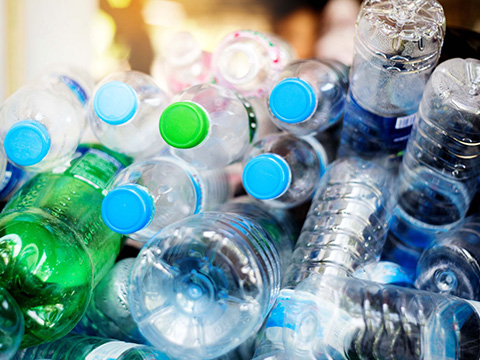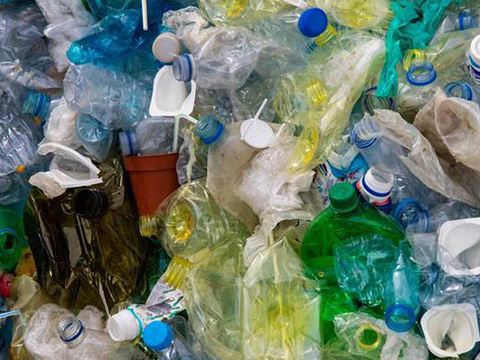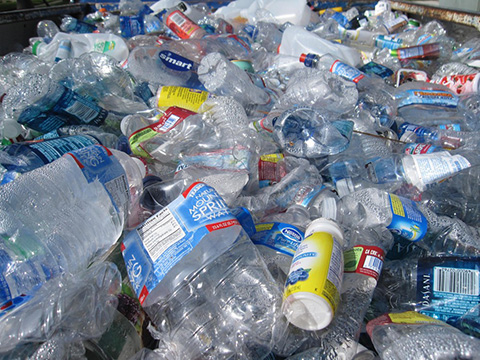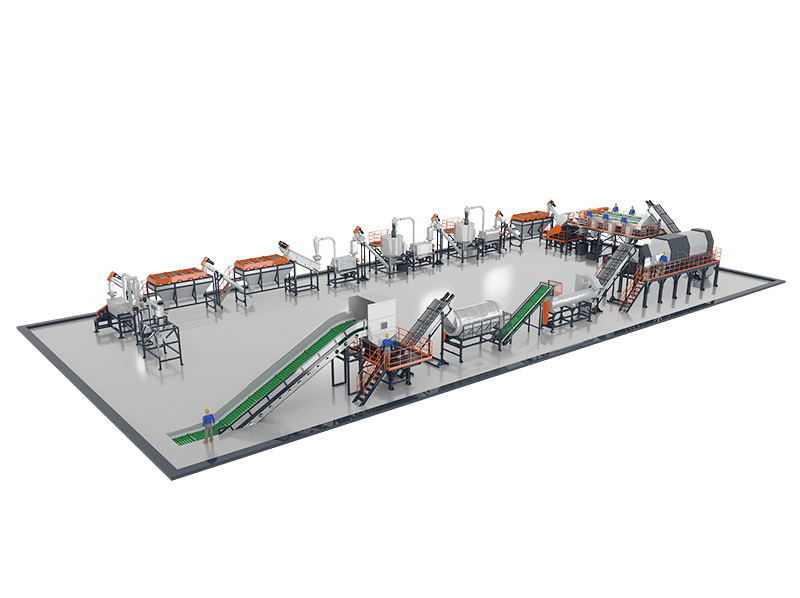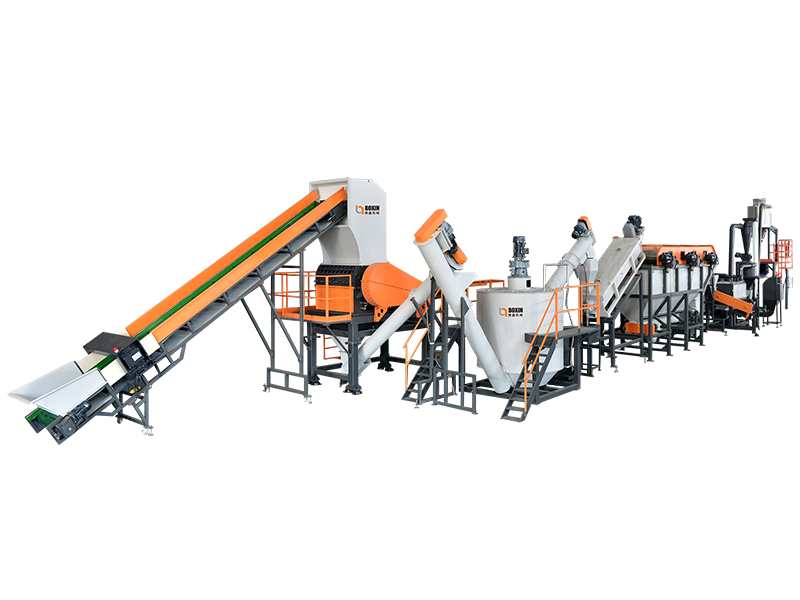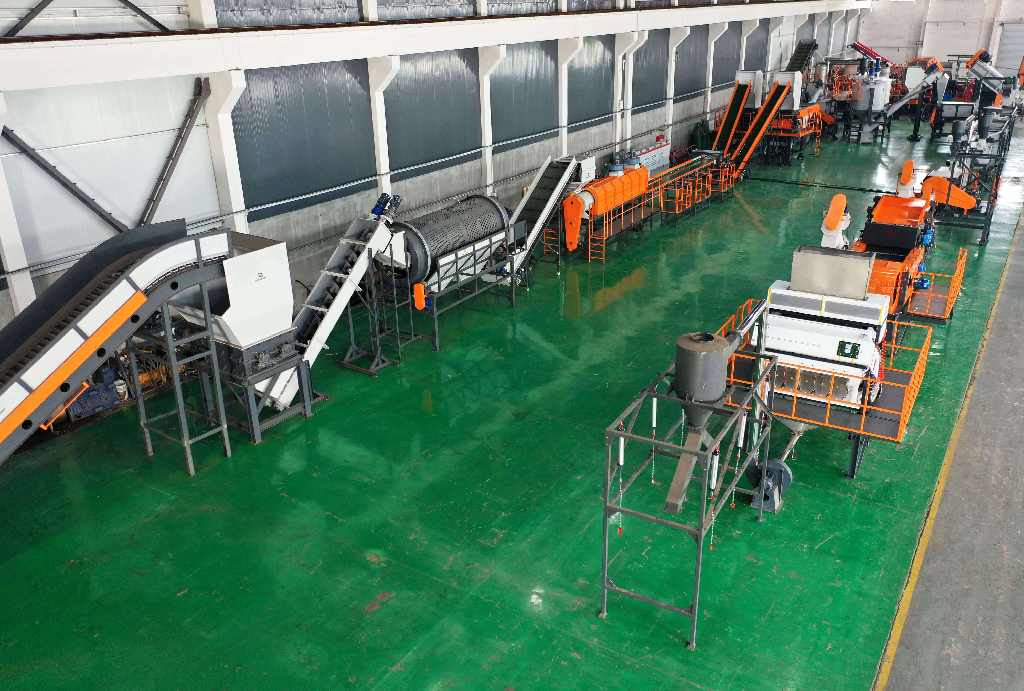This is currently one of the main applications of recycled PET. Clean and dry PET flakes can be directly used as raw materials for polyester fiber production, which are then extruded and spun into polyester filaments or staple fibers. Since fiber-grade products have relatively lower requirements for the molecular weight (intrinsic viscosity) of PET resin, even slight degradation of the recycled flakes during preprocessing does not affect the spinning process or the quality of the resulting fiber.
Extensive research and practical experience have confirmed that converting waste PET bottles into polyester fibers through washing and recycling is both feasible and economical. Recycled polyester staple fibers are widely used in textiles, garments, and filling materials. For example, recycled fibers can be used to produce clothing fabrics, footwear materials, filling for bedding, stuffing for plush toys, carpet fibers, geotextiles, non-woven fabrics, and more. The fiber market demands large volumes of recycled PET and has slightly lower quality requirements compared to bottle-grade applications, making it a major outlet for PET flakes.
This "bottle-to-fabric" model not only reduces plastic waste but also lessens the textile industry's dependence on petroleum-based raw materials.
PET bottle recycling perfectly embodies the concept of "turning waste into treasure." Discarded beverage bottles, after going through a washing line, are transformed into raw materials for manufacturing new products such as apparel and containers—realizing material circularity. This extends the lifecycle of plastic polymers and reduces the waste generated by single-use products. Developing the recycled plastics industry supports the construction of a circular economy model, where materials are continuously reused throughout production and consumption processes, minimizing waste generation. This aligns with the goals of sustainable development and also expands the value chain of the plastics industry by creating new utilization pathways for discarded resources.
Improving energy efficiency and reducing energy consumption per unit of output are key priorities in advancing washing line technology. Boxin Machinery has implemented energy-saving solutions in its equipment design, such as high-efficiency crushers (with optimized blade and motor design to lower power consumption) and variable frequency drives (to dynamically adjust motor power based on load). Data shows that advanced recycling processes can save over 20% in energy compared to traditional methods, significantly reducing operating costs.
Additionally, driven by carbon neutrality goals, some recycling facilities are exploring the use of renewable energy—such as solar-powered water heating systems and rooftop photovoltaic electricity generation—to further reduce dependence on fossil fuels and lower carbon emissions.

 ENG
ENG

 English
English chinese
chinese
